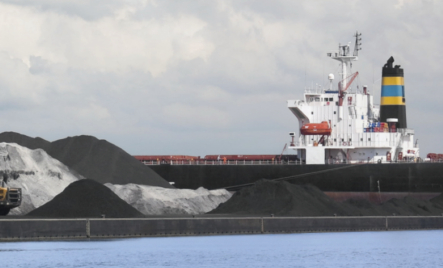
The Swedish P&I Club has published a case study following serious damage caused to a ship’s main engine. As a consequence of poor communication water contaminated the lubrication oil causing severe damage to the engine.
Engineers on a bulk carrier were conducting scheduled maintenance on one of the ballast pumps. They had closed all the isolating valves to the ballast pump and put up notices about the job in the engine room and engine control room, but not on the bridge. They didn’t finish the job on the first day, so continued the next day.
The next day the Master asked an officer to print out the alarm list for the ballast water management system, prior to arriving at the next port as a port state inspection would take place. To get the list the officer had to start the ballast water management system, which he did.
The bilge high level alarm was activated in the engine room. An oiler checked the bilges and could see Continue reading “Lack of communication led to serious main engine problems is key finding”










